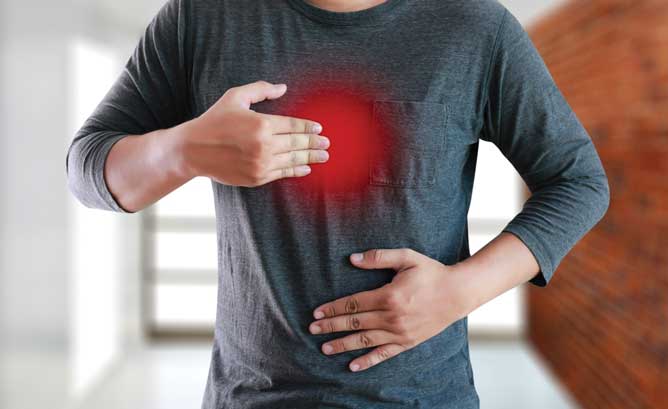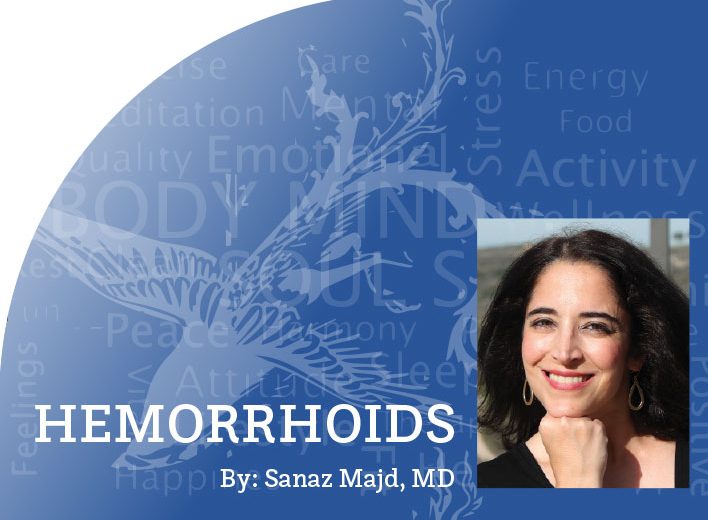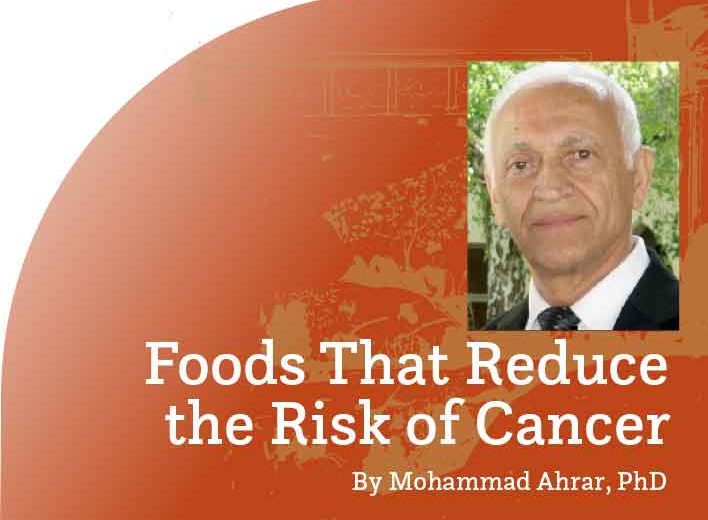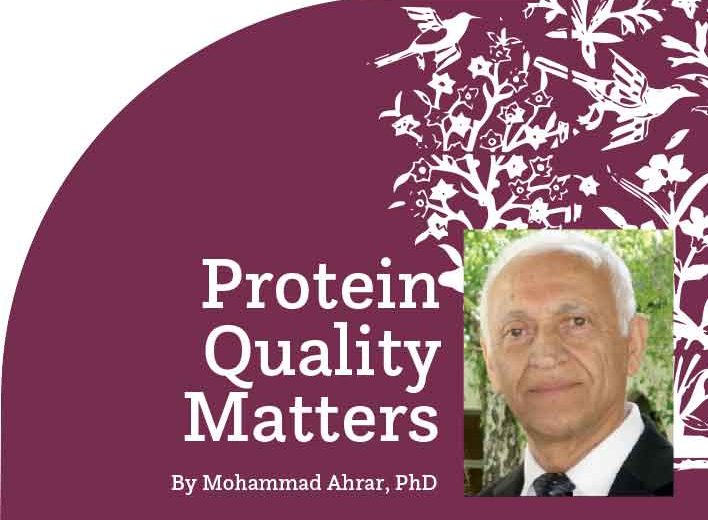By Sanaz Majd, MD
Gastrointestinal (GI) symptoms are some of the top complaints filling emergency rooms (ER) and urgent care centers across the country during the holiday months. This should not come as a surprise, though, because as Americans we tend to overconsume during Thanksgiving, Christmas, and other holiday meals. If not addressed, this gorging can lead to uncomfortable symptoms such as acid reflux, heartburn, and abdominal pain.

The actual stomach, which typically sits centrally above the belly button, connects to a long tubular structure called the esophagus which extends into the chest via a doorway of sorts, referred to as the lower esophageal sphincter (LES). Certain foods and chemicals relax this LES and more easily allow reflux, in addition to inflaming the stomach lining. And of course, exceeding stomach capacity will no doubt drive abdominal contents upward past the LES.
Not only are symptoms bothersome and uncomfortable, but chronic stomach acidity issues can lead to complications such as stomach ulcers, a potentially precancerous condition called Barrett’s esophagus, and even esophageal/stomach cancer if ignored.
How to Prevent Stomach Acid Issues
So besides the obvious (to avoid overeating), what can you do to prevent all of this?
1. Avoid consumption of acidic foods and stomach irritants. The most common culprits are:
• Alcohol
• Citrus
• Caffeine
• Tomatoes, tomato sauce
• Spicy food
• Blueberries
• Mint
• Greasy, fatty, heavy foods
All the good stuff, I know.
2. Consume five smaller meals a day, instead of three larger ones.
3. Avoid eating and/or lying flat within 2-3 hours of bedtime.
4. Raise the head of the bed if you experience acid reflux at bedtime, which is common due to the forces of gravity.
5. Avoid non-steroidal anti-inflammatory drugs (NSAIDs) if you are prone to acid reflux/heartburn, as they are notoriously known to inflame the gastrointestinal tract. Examples include ibuprofen, naproxen, Motrin, Advil, Aleve, etc. Note that acetaminophen (which is Tylenol) is not an NSAID and can be used as an alternative medication for pain and/or fever control if needed. But if NSAIDs are difficult to avoid, then by all means at least take them with food and never on an empty stomach.
6. Quit smoking. Nicotine increases stomach acidity and relaxes the lower esophageal sphincter, increasing acid reflux risk.
How to Treat Acid Reflux & Heartburn
So your khaleh invited you over for dinner, and you knew you shouldn’t have, but you did—you overindulged in the asheh reshteh, baghali polo, kabab, not to mention the sholeh zard that she somehow managed to create all in one evening—and now you’ve started to feel bloated and your stomach is burning. You cannot stop burping, the acid reflux is now full blown, and it’s embarrassing. What can you do?
The good news is that the treatments for acid reflux and heartburn are now easily accessible over the counter.
TUMS is an antacid made of calcium carbonate which helps neutralize stomach acidity. It is short acting (which means it starts to work more quickly), but its efficacy is quite modest at best. It may still be appropriate for mild symptoms, however.
Famotidine (Pepcid) is in a group called the “H2 blockers,” referring to the blocking of certain histamine receptors (another doorway of sorts) that regulate stomach acid production. Its half-life (the time it takes for half of the drug to be metabolized) is about 2-3 hours as it is used for those who need more quick relief of acute symptoms, but it is more potent than TUMS. However, even though it is quick to act, it also wears off rather quickly (within a few hours), but can be taken twice daily.
The proton pump inhibitors (PPIs), such as omeprazole and pantoprazole, are the mainstay treatment of more frequent, pervasive symptoms. They also work to reduce stomach acid production, but may take a few days to one week to really kick in. They are often taken once daily on an empty stomach for improved absorption and are taken for several weeks in duration in order to allow sufficient time for the stomach lining to heal. One strategy used by doctors is the addition of famotidine during the first week after PPI initiation to allow treatment of the acute symptoms until the PPI reaches efficacy.
There are a subset of people with chronic acidity issues who must take PPIs long term, but it is important to weigh pros and cons of long-term use. Some recent, but conflicting, studies have suggested a possible link to dementia, osteoporosis, pneumonia, and vitamin B12 deficiency. So PPIs are not as benign as we have previously thought, but at the same time, chronic acidity may lead to more concerning issues such as Barrett’s esophagus, which is a precancerous medical condition, and even stomach/esophageal cancer if left untreated. So the pros of taking PPIs long term may outweigh the cons for some people, but most people need PPIs only short term.
Overall, generally anyone who has symptoms more than twice a week, symptoms that are refractory to treatment, and symptoms that are more severe or persistent through time should seek medical attention. Other red flag symptoms include bleeding in the stool, black stools (appears like charcoal), and unintentional weight loss, which require immediate attention.
But as always, you should consult your own physician when determining the right treatment choice and length of treatment time, as this article is solely for informational purposes and does not in any way replace your own physician’s evaluation and recommendation.
Of course, I would be remiss if I did not mention: if you are a person with average risk age 45 or higher or younger than age 45 but deemed higher risk (such as those with family history of colon cancer), make sure you are up to date on your routine colon cancer screenings.
REFERENCES:
1- Batchelor R, Gilmartin JF, Kemp W, Hopper I, Liew D. Dementia, cognitive impairment and proton pump inhibitor therapy: A systematic review. J Gastroenterol Hepatol. 2017 Aug;32(8):1426-1435. doi: 10.1111/jgh.13750. PMID: 28128476.
2- Eom CS, Jeon CY, Lim JW, Cho EG, Park SM, Lee KS. Use of acid-suppressive drugs and risk of pneumonia: a systematic review and meta-analysis. CMAJ. 2011 Feb 22;183(3):310-9. doi: 10.1503/cmaj.092129. Epub 2010 Dec 20. PMID: 21173070; PMCID: PMC3042441.
3- Khalili H, Huang ES, Jacobson BC, Camargo CA Jr, Feskanich D, Chan AT. Use of proton pump inhibitors and risk of hip fracture in relation to dietary and lifestyle factors: a prospective cohort study. BMJ. 2012 Jan 30;344:e372. doi: 10.1136/bmj.e372. PMID: 22294756; PMCID: PMC3269660.
4- Lam JR, Schneider JL, Zhao W, Corley DA. Proton pump inhibitor and histamine 2 receptor antagonist use and vitamin B12 deficiency. JAMA. 2013 Dec 11;310(22):2435-42. doi: 10.1001/jama.2013.280490. PMID: 24327038.


















